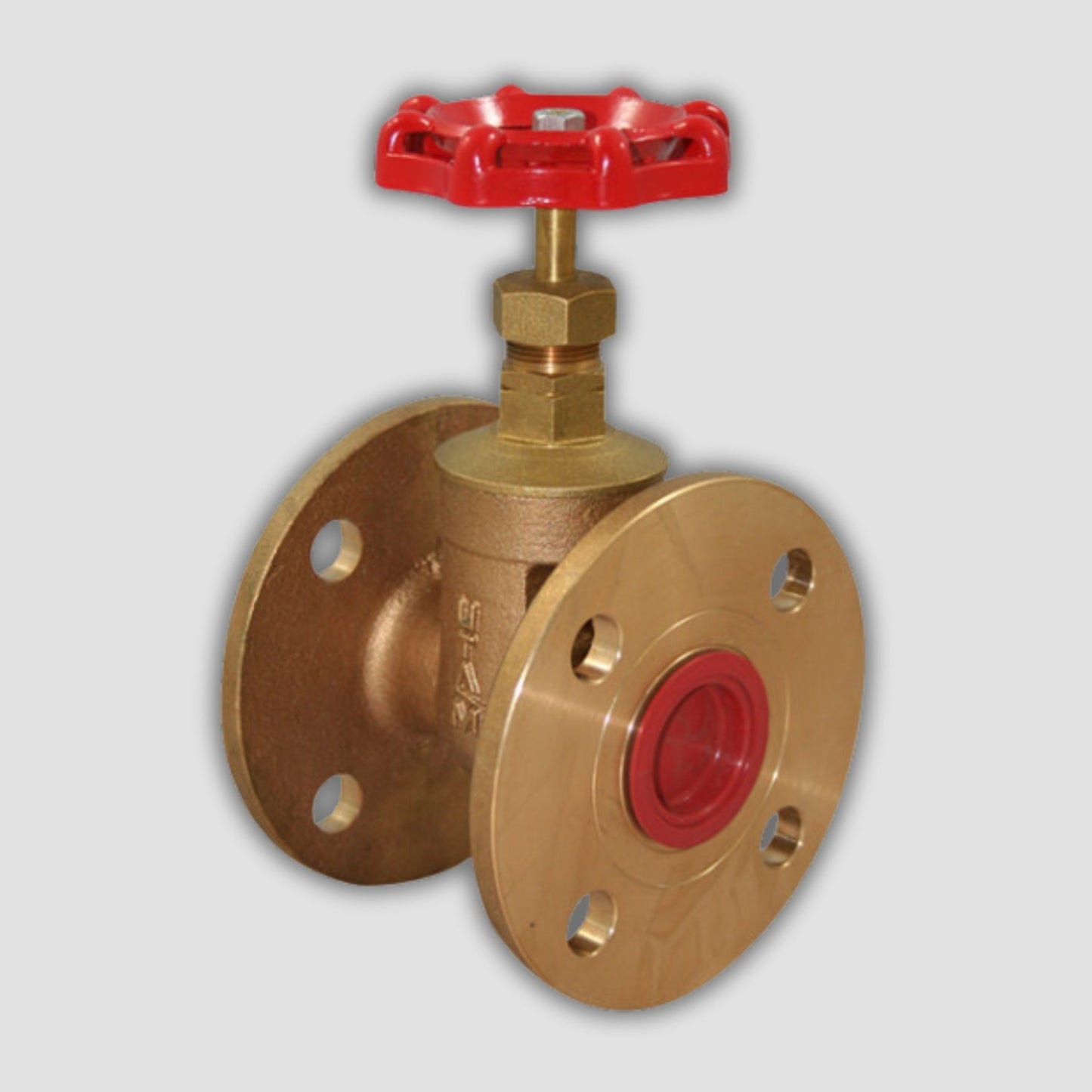Bronze Valves
Bronze Gate Valve – Flanged PN16
Bronze Gate Valve – Flanged PN16
Couldn't load pickup availability
The Bronze Gate Valve – Flanged PN16 is designed for secure shut-off in fluid systems operating at pressures up to 16 bar. Featuring PN16 flanged ends, this valve offers easy installation, robust sealing, and compatibility with standard pipework.
Constructed from high-quality bronze, it provides excellent corrosion resistance and long-lasting performance in water, steam, oil, and air systems. The full bore design ensures minimal pressure loss, while the rising or non-rising stem options suit a variety of system requirements.
Ideal for industrial, marine, and HVAC applications where reliability and longevity are key.
Key Features:
-
PN16 flanged ends for secure, standardised installation
-
Full bore for unrestricted flow
-
Bronze body for excellent corrosion and wear resistance
-
Suitable for water, steam, oil, and air
-
Ideal for industrial, building services, and marine environments
Share

FAQ's
What is the difference between a valve and an actuator?
What types of actuators are available?
The main types of actuators are:
Pneumatic actuators – use compressed air for fast, reliable operation.
Electric actuators – use electrical power for precise control.
Hydraulic actuators – use fluid pressure for high-torque applications.
Each type offers unique advantages depending on the environment, media, and system control needs.
How do I choose the right actuator for my valve?
To select the correct actuator, consider:
Valve type and torque requirement
Power source available (air, electric, or hydraulic)
Operating environment (temperature, humidity, hazardous area)
Control signal type (on/off or modulating)
Matching actuator torque and compatibility with the valve’s ISO mounting ensures reliable performance.
What are the main types of valves used in automation?
The most common valves in automated systems include:
Ball valves – for tight shutoff and quick operation.
Butterfly valves – for larger flow control with compact design.
Globe valves – for precise throttling and flow regulation.
Check valves – to prevent backflow.
Gate valves – for full bore flow isolation.
What’s the difference between a double-acting and spring-return actuator?
Double-acting actuators use air (or power) to both open and close the valve.
Spring-return actuators use air to open (or close) the valve, and a built-in spring to automatically return it to a safe position when power or air is lost — ideal for fail-safe operation.
How often should valves and actuators be serviced?
Regular maintenance intervals depend on operating conditions, but a good rule of thumb is to inspect every 6–12 months.
This includes checking for leaks, lubrication, seal wear, and actuator responsiveness to prevent unexpected downtime.

